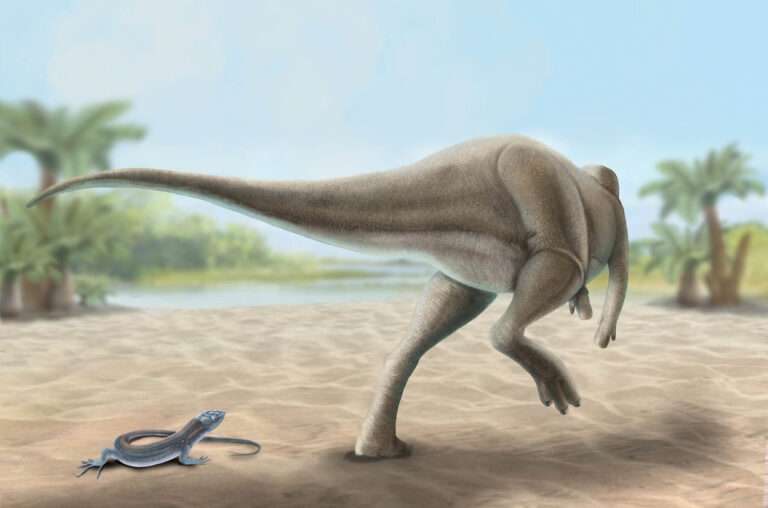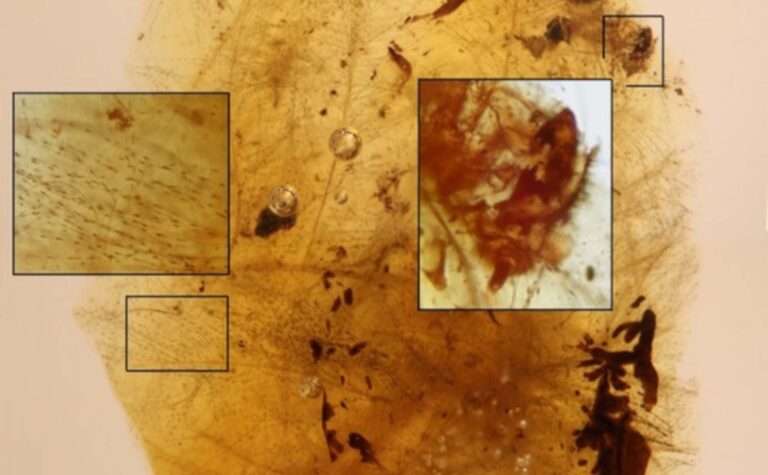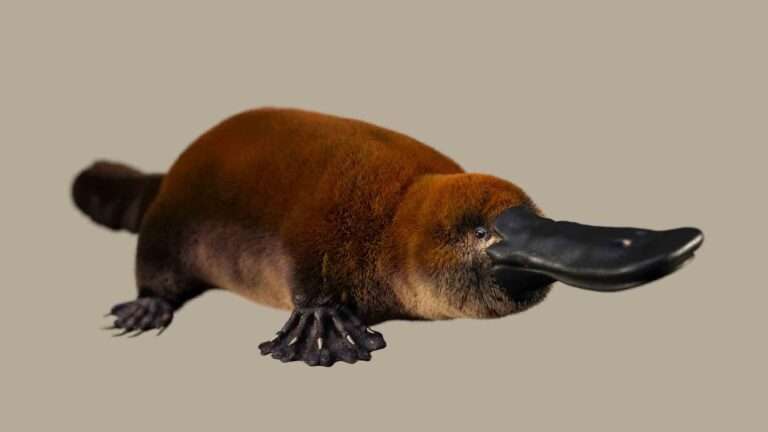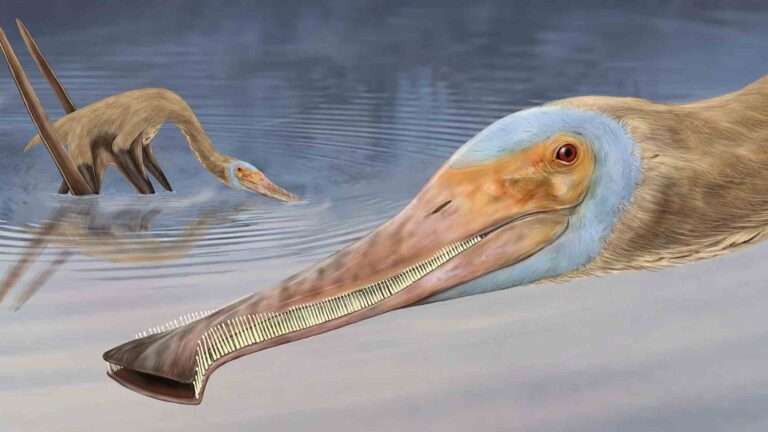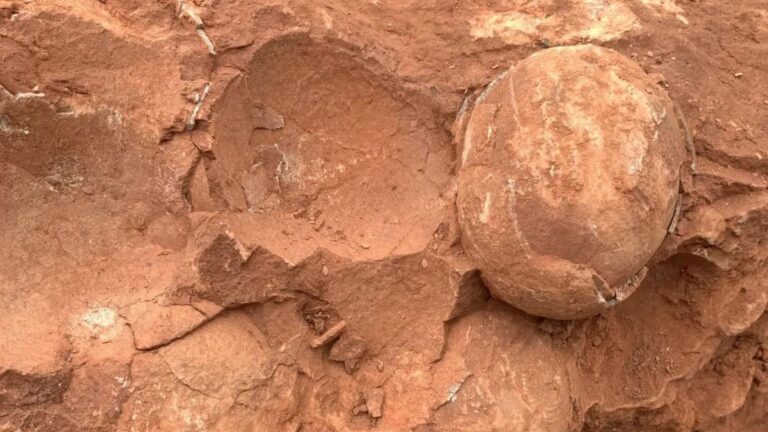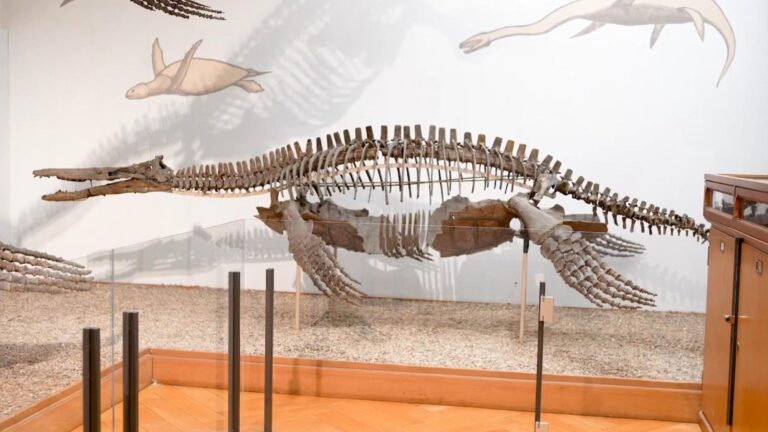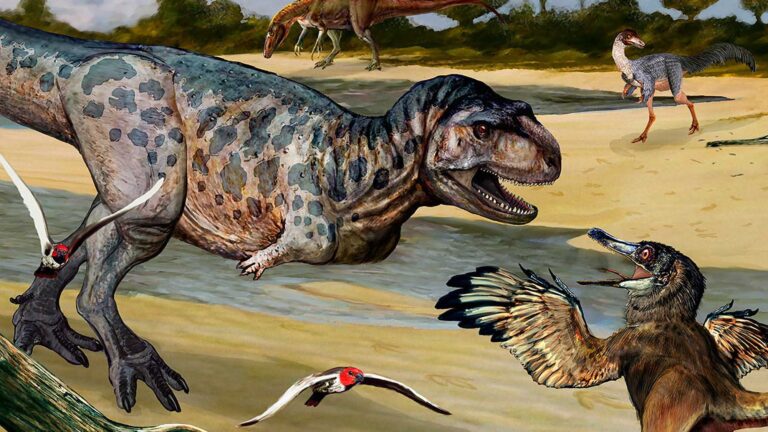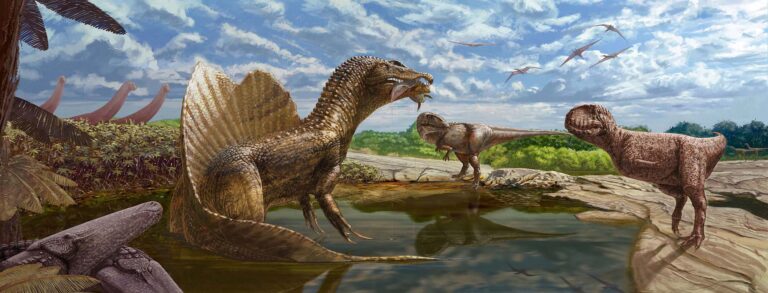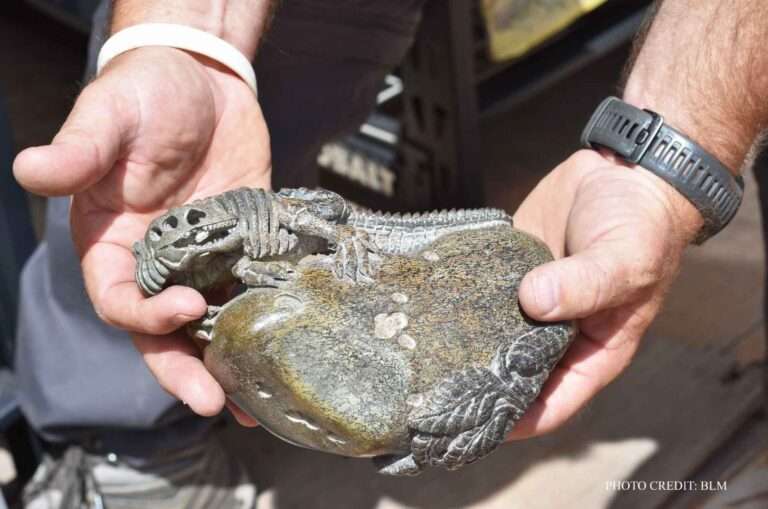
Crooks In Utah Stole Nearly 70 Tonnes Of Dinosaur Bones Worth Over USD 1 Million And Sold Them To China
A gang of four people has been accused of pillaging nearly 70 tonnes of dinosaur bones in Utah worth over USD 1 million and selling them to buyers in China.…

